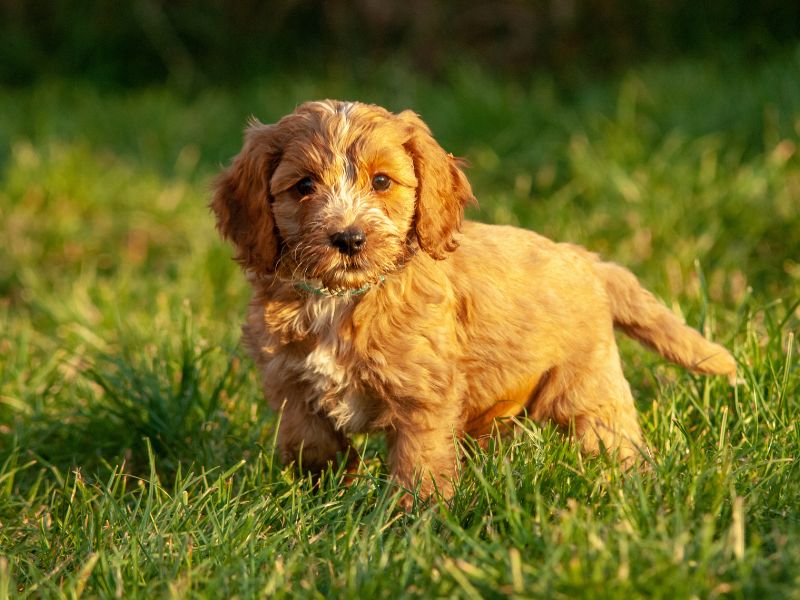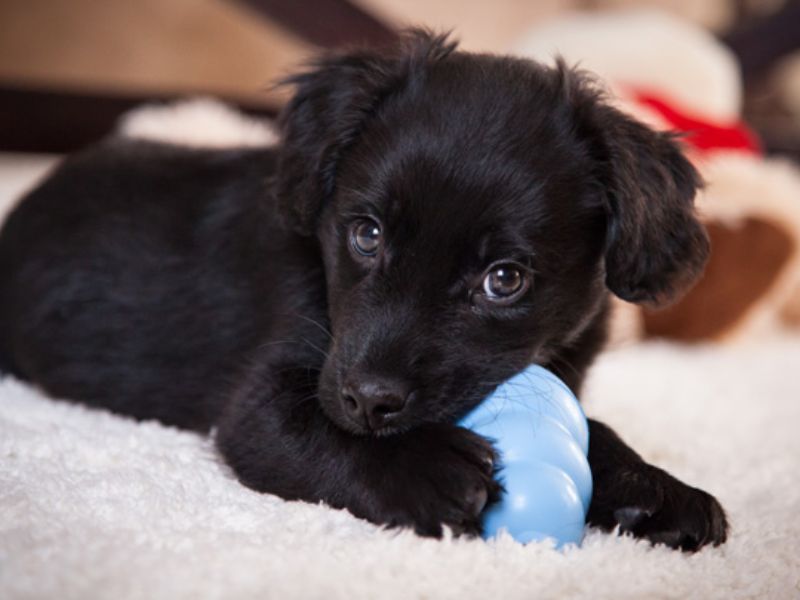Potty training is one of the first—and most important—lessons your puppy must learn. With consistent effort, patience, and the right approach, you can housebreak your new companion in a matter of weeks rather than months. In this guide, we’ll share Puppy training tips potty owners trust, covering everything from understanding your puppy’s physiology to handling accidents with calm consistency. Follow these steps to build good habits and strengthen the bond with your furry friend.
Bringing a puppy home is an exciting milestone, but the inevitable puddles on the floor can quickly dampen your enthusiasm. Effective Puppy training tips potty start with setting clear expectations: your puppy will need frequent bathroom breaks, positive reinforcement for successes, and understanding if accidents occur. By following a structured routine and responding compassionately when accidents happen, you’ll lay the foundation for a happy, well-trained dog and a clean, stress-free home.
1. Understanding Your Puppy’s Needs
A puppy’s tiny bladder and developing nervous system mean they can’t “hold it” as long as adult dogs. As a rule of thumb:
- Age-Based Frequency: Puppies generally need a bathroom break every hour for each month of age. For example, an 8-week-old puppy may need to go every two hours.
- Post-Activity Breaks: Always offer a potty opportunity within five minutes of waking, eating, playing, or napping. These activities stimulate the digestive tract and bladder.
- Sign Recognition: Learn to spot sniffing, circling, whining, or sudden restlessness—your puppy’s pre-potty signals. Quickly responding to these cues helps prevent accidents and reinforces good habits.
Understanding these needs is the cornerstone of successful Puppy training tips potty, ensuring you stay one step ahead of mishaps.
2. Choosing a Potty Spot
Consistency is key. Whether you opt for indoor pads or strictly outdoor elimination, always use the same location:
- Outdoor Training: Select a discreet corner of your yard with good drainage. Take your puppy to this spot on a leash, give a clear potty cue (“Go potty!”), and wait patiently.
- Indoor Options: If you live in an apartment or face extreme weather, designate a specific indoor potty area with puppy pads or artificial turf. Change pads regularly to avoid odors and confusion.
- Location Benefits: A consistent spot allows your puppy to associate scent with purpose, speeding up training. Avoid high-traffic areas to minimize distractions.
By choosing a reliable potty spot, you simplify the process and reinforce expectations—critical components of any Puppy training tips potty plan.

3. Creating a Potty Schedule
Structure breeds success. Design a daily timetable to align your puppy’s needs with your routine:
| Time | Activity |
| 7:00 AM | Wake up & potty break |
| 7:30 AM | Breakfast, then potty break |
| 9:30 AM | Potty break after play session |
| 12:00 PM | Lunch & potty break |
| 3:00 PM | Potty break and short walk |
| 6:00 PM | Dinner & potty break |
| 8:00 PM | Evening play & potty break |
| 10:00 PM | Final potty before bedtime |
Adjust intervals as your puppy matures, gradually extending the time between breaks. A consistent schedule teaches bladder control and embeds good habits—cornerstones of Puppy training tips potty success.
4. Positive Reinforcement Techniques
Rewarding desirable potty behavior accelerates learning:
- Immediate Praise: As soon as your puppy finishes eliminating in the correct spot, lavish verbal praise (“Good potty!”) and gentle petting.
- Tasty Treats: Offer a small, high-value treat right after your puppy returns indoors. Timing is crucial—delayed rewards lose their impact.
- Playtime Bonus: Follow successful potty breaks with a brief play session. This pairs elimination with positive experiences, reinforcing the habit.
When applying Puppy training tips potty, remember that enthusiasm and consistency are your best tools. Avoid scolding after accidents—positive cues teach much faster than negative reactions.

5. Managing Accidents
Accidents happen, especially in the early stages. Here’s how to handle them:
- Stay Calm: Scolding or physical punishment only creates fear and confusion. Your puppy won’t understand why you’re upset.
- Interrupt, Don’t Punish: If you catch your puppy in the act, gently say “Oops!” and immediately take them to the designated potty spot.
- Thorough Cleanup: Use an enzymatic cleaner to eliminate odors and prevent repeat offenses in the same spot.
- Adjust Schedule: Frequent accidents may signal a need for more potty breaks or a shorter leash—reduce distance and watch your puppy closely.
By responding to mistakes constructively, you uphold a positive training environment—an essential aspect of all Puppy training tips potty methods.
6. Crate Training and Confinement
A properly sized crate is a powerful ally in potty training:
- Crate Selection: Choose a crate large enough for your puppy to stand comfortably and turn around, but not so large that they can eliminate at one end and sleep at the other.
- Crate Routine: Use the crate for short intervals when you can’t supervise directly. Puppies naturally avoid soiling their sleeping area, promoting bladder control.
- Gradual Freedom: Allow breaks outside the crate for play, training, and, most importantly, scheduled potty trips.
When combined with a consistent schedule, crate training reduces accidents and instills self-control—cornerstones of effective Puppy training tips potty.
7. Troubleshooting Common Potty Training Issues
Even with the best plan, challenges arise. Here’s how to address them:
- Nighttime Accidents: Puppies lack nighttime bladder maturity. Offer a late-evening potty break and consider a midnight trip until they’re older.
- Regression: Stressful events—moving, new pets, visitors—can disrupt training. Revert to more frequent breaks and extra praise until your puppy regains confidence.
- Stubborn or Rescue Puppies: Some dogs arrive with previous habits. Invest extra time in bonding and re-establish routines slowly, using abundant positive reinforcement.
Handling setbacks with patience and adaptability keeps training on track and ensures your Puppy training tips potty plan endures.
9. When to Seek Professional Help
If your puppy shows persistent difficulties despite consistent training, consult professionals:
- Medical Concerns: Urinary tract infections, gastrointestinal issues, or developmental disorders can mimic training failures. A veterinarian can rule out or treat these conditions.
- Behavioral Specialists: Certified trainers or behaviorists offer tailored guidance, especially for stubborn or anxiety-prone puppies.
- Boarding and Daycare Support: In some cases, temporary daycare or board-and-train programs can reinforce routines and provide extra supervision.
Early intervention helps nip long-term problems in the bud and complements your Puppy training tips potty efforts with expert insights.
Potty training your puppy is a journey of patience, consistency, and empathy. By understanding your puppy’s needs, choosing the right potty spot, maintaining a structured schedule, using positive reinforcement, and managing accidents constructively, you’ll set the stage for success. Incorporate crate training, troubleshoot setbacks calmly, and seek professional help when needed. With these comprehensive Puppy training tips potty, you can look forward to a well-behaved, confident canine companion—and a home free of unwelcome surprises. Remember: every puppy learns at its own pace, so stay committed, celebrate small victories, and enjoy the rewarding process of raising a happy, house-trained dog.

